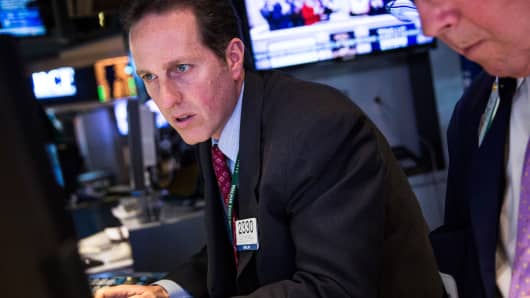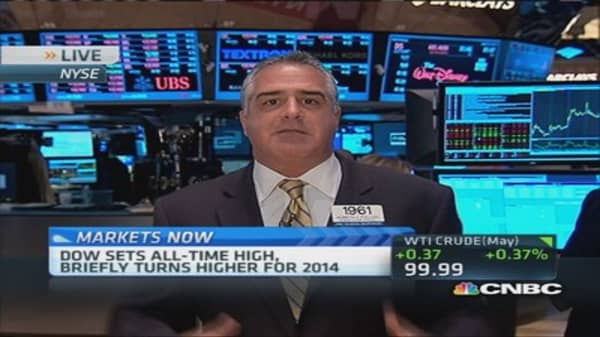JPMorgan, the first Dow stock to report earnings — and the first to disappoint — reported a fairly big miss. They work hard at managing expectations and talked analysts off the ledge with higher initial estimates, then succeeded in lowering expectations — only to miss that lower number. That, my friends, was a bit of a problem — not only for JPM but also for market psyche. But then, Wells Fargo beat their lowered estimate and then this morning we learned that Citigroup kicked off the week by "blowing the doors off the bus," sending the broader market higher.
I think good stocks that got caught up in the selloff will stabilize and recover quickly.
Read MorePrivate equity is looking beyond the BRICs
What's important is that the market did suffer some technical breakdowns last week. The S&P and Dow finally piercing their 50-day moving average, which now sets us up for a different conversation. Where will the market find support now? Some analysts are calling for a much bigger correction to the tune of 20 percent or even 30 percent but I don't see that happening.
The broader market is not wildly overvalued at all if the economy continues on this slow recovery. Specific stocks may be and those that are will be re-priced, so now it is time to put on the big boy pants.
Barring some unforeseen event, long-term investors/asset managers are not so concerned about a big correction — in fact many expect a test lower with consensus around the trend line and S&P 200-day moving average of 1760, which would represent another 3-percent move lower — still not a correction.
Nasdaq is a different animal — yes, there are some great companies there but investors are now opting for value and safety over growth so a continued move out of those names should not surprise. The challenge for investors is to determine the extent of the anxiety and then access the market accordingly.




